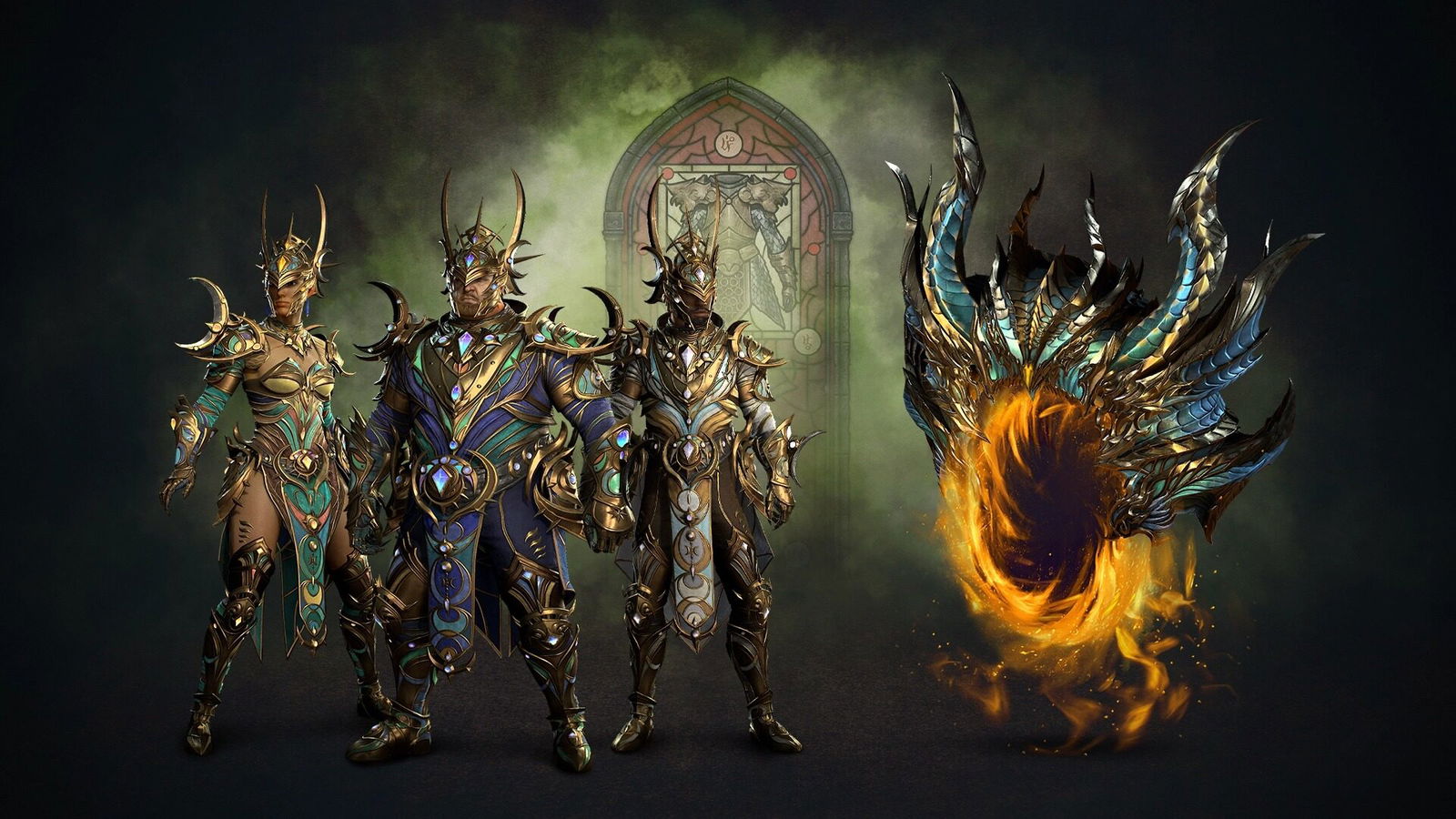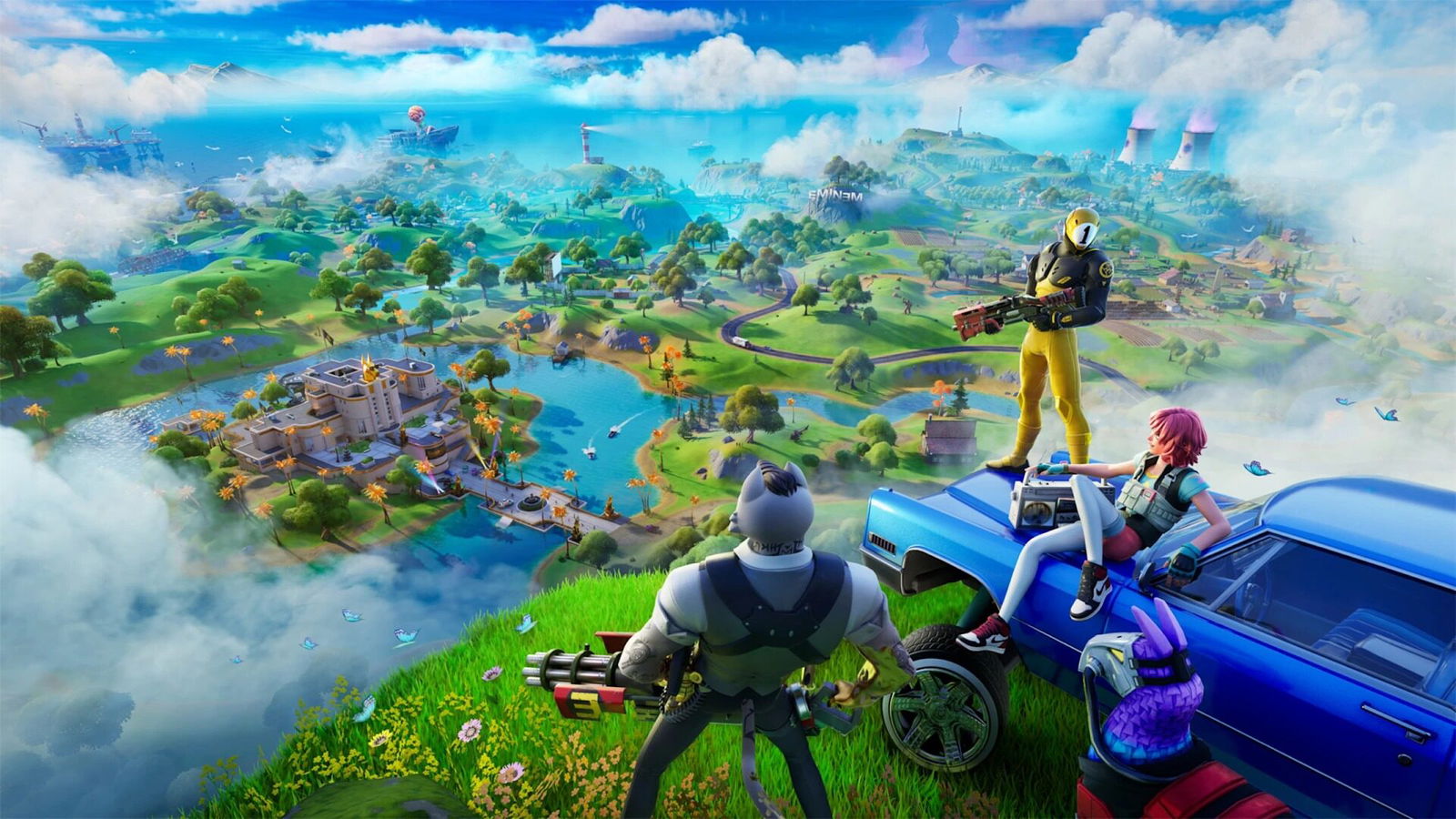In 2025, gaming is no longer a niche pastime—it’s a mainstream form of entertainment that rivals film and television in both reach and profitability. But with blockbuster titles launching at upwards of $90, consoles exceeding $800, and monthly subscriptions piling up, Canadian gamers are asking a fair question: are we actually getting good value for our money?
The cost of gaming now stretches far beyond simply buying a title. Premium editions, season passes, microtransactions, cloud gaming fees and hardware upgrades all add to the total. Even indie games—once praised as affordable alternatives—are sometimes priced in line with triple-A releases. For players trying to manage expenses without sacrificing quality, understanding where the money goes is more important than ever.
This article breaks down the real cost of gaming in 2025—from hardware and software to subscriptions and hidden fees—and takes a critical look at whether the experience justifies the price.
Breaking Down the 2025 Gaming Budget

The cost of participating in modern gaming has escalated sharply, particularly in the Canadian market, where currency conversion and regional pricing often push prices higher than in the U.S. What used to be a one-time purchase is now a layered financial commitment. To better understand whether gamers are receiving fair value, it’s essential to break down where their money is going in 2025.
1. Hardware and Initial Investment
For new entrants to gaming, the initial cost of hardware remains a major barrier. Consoles like the PlayStation 5 Pro or Xbox Series X|S retail for well over CAD $800, and that doesn’t include accessories like additional controllers, headsets, or expanded storage. High-performance gaming PCs can start at CAD 1,500 and climb quickly based on GPU and cooling preferences.
2. The Software Stack: Base Games and Add-ons

Game prices have steadily increased, with triple-A titles now averaging $89.99 at launch. But the base game is rarely the full experience. Season passes, downloadable content and special editions often inflate the total cost per title. In many cases, full access to a game’s content can reach $150 or more.
Even seemingly simple or casual games contribute to overall spending. Chicken Road Game—a popular mobile title in 2025—offers a clear example. Though free to download, the game monetizes through cosmetic upgrades, ad-free passes, and competitive tier unlocks. Players hoping to fully enjoy the quirky, fast-paced arcade experience without interruptions often spend between $10 and $20. This shows how even casual games can add up in a market dominated by microtransactions.
3. Subscriptions and Ongoing Costs
The shift toward subscription-based models continues to reshape the gaming landscape. Services such as Xbox Game Pass Ultimate, PlayStation Plus Premium and Nvidia GeForce Now offer extensive libraries—but also come with recurring costs. A single household may spend $40 to $60 per month on subscriptions across multiple platforms.
Cloud gaming has added another layer of expense. While the appeal of gaming without dedicated hardware is strong, the performance demands still require high-speed internet—another monthly cost that can’t be overlooked.
4. Peripheral and Hidden Costs
There are also indirect costs that many gamers overlook. Ergonomic chairs, high-refresh-rate monitors, RGB setups and external storage all contribute to quality-of-life improvements—but can add hundreds of dollars each year. Competitive or streaming-focused players may also invest in capture cards, studio microphones and editing software, further increasing the total cost of gaming.
Value for Money – Experience vs. Expense

In an era where gaming expenses can rival utility bills, it’s fair for players to question what they’re actually getting in return. The gaming industry in 2025 is awash with monetization strategies, but that doesn’t mean value is off the table. The key lies in evaluating the entertainment return on investment—how much satisfaction and utility players truly gain from their spending.
1. Entertainment Hours per Dollar
One of the most reliable metrics gamers use to justify their spending is hours of engagement. A $90 CAD single-player game offering more than 60 hours of content—roughly $1.50 per hour—can be a more cost-effective option than a flashy $30 multiplayer title with minimal replay value. Games like Baldur’s Gate 3 and The Witcher 3: Wild Hunt Complete Edition continue to serve as prime examples of expansive value from a one-time purchase.
However, it’s not just about quantity. Immersive storytelling, rich world-building and polished mechanics all contribute to a quality experience. When a game delivers high production value and lasting player satisfaction, even premium pricing can be well justified.
2. Free-to-Play – A Hidden Cost Structure
On paper, free-to-play (F2P) games offer incredible value. Yet many mask significant paywalls behind cosmetic items, pay-to-win mechanics, or gacha systems. These hidden structures can turn what appears to be a budget-friendly option into an unpredictable expense.
Consider popular battle royale or MOBA titles where skins, passes, and time-limited upgrades can push dedicated players to spend hundreds annually. Gamers must weigh the social and visual rewards against the actual gameplay enhancements to decide if the cost aligns with their entertainment goals.
3. Community, Longevity, and Updates

Value doesn’t end at launch. Ongoing updates, quality DLC and active communities extend a game’s lifespan and increase its overall worth. Canadian gamers often favour titles with seasonal content, user-generated mods and live events that help build lasting ecosystems—for example, Minecraft, No Man’s Sky and Fortnite.
A game that receives continuous support and community engagement can remain relevant for years, extending the value of a single purchase far beyond its original price. In contrast, a poorly supported release—no matter how hyped—can feel like a waste of time and money within weeks.
4. Subjective Value and Lifestyle Fit
Every gamer has a different threshold for what “value” means. For a casual player squeezing in a few hours each week, subscription services like Xbox Game Pass may offer more flexibility and variety than buying full-priced titles. Conversely, collectors or enthusiasts who value narrative depth or specific genres may prefer investing in deluxe physical editions or niche indie releases.
Players should align their gaming budgets with their lifestyle, play style and personal interests—rather than simply chasing the latest trend.
The gaming landscape in 2025 offers more options—and more spending decisions—than ever before. With rising base prices, in-game purchases, subscriptions and evolving monetization models, gamers are right to ask whether they’re truly getting their money’s worth.
Whether you’re investing in a story-driven single-player adventure or spending regularly on free-to-play upgrades, being mindful of your budget and knowing what you expect in return is key.
For Canadian gamers, the focus should be on cost per hour, community support, content quality and long-term satisfaction. Avoid the hype traps, research your options and support developers who prioritize both performance and player respect. In doing so, you’ll not only stretch your gaming dollars—you’ll also contribute to a healthier, more player-focused industry.



